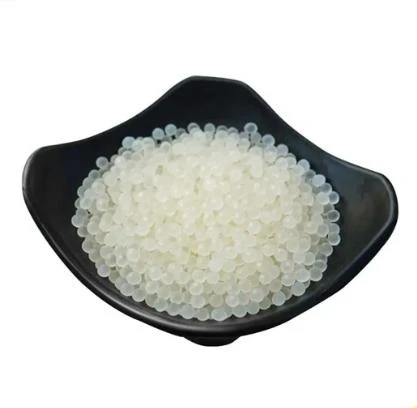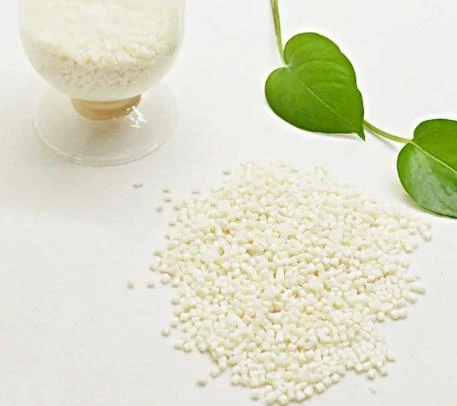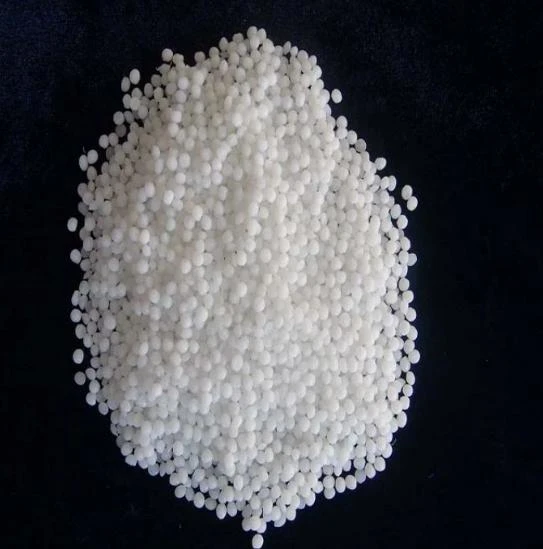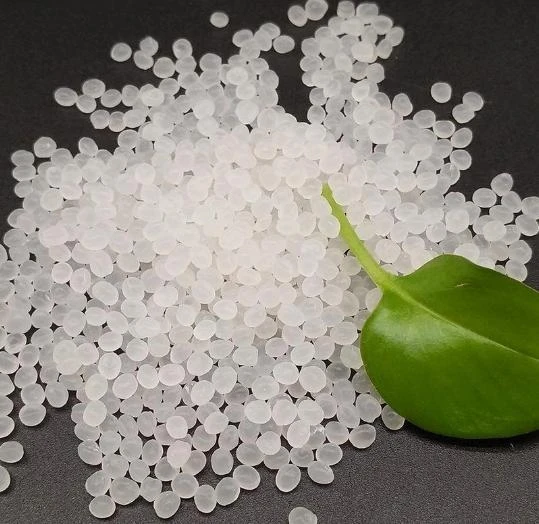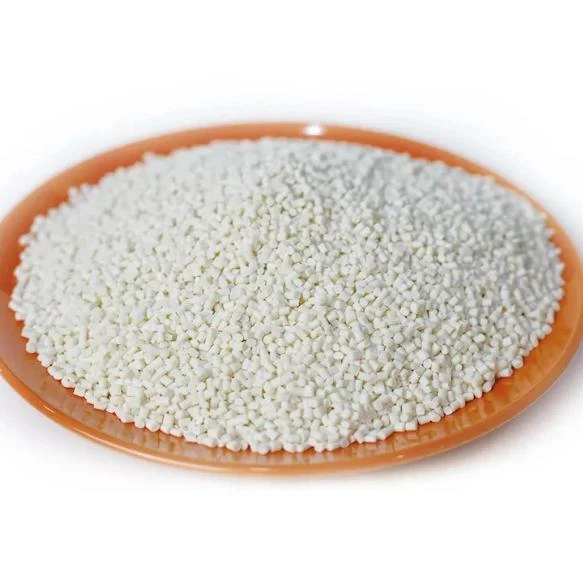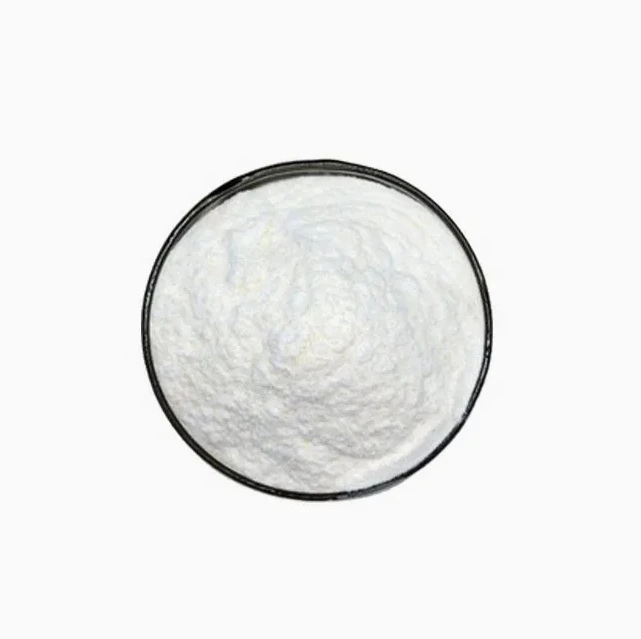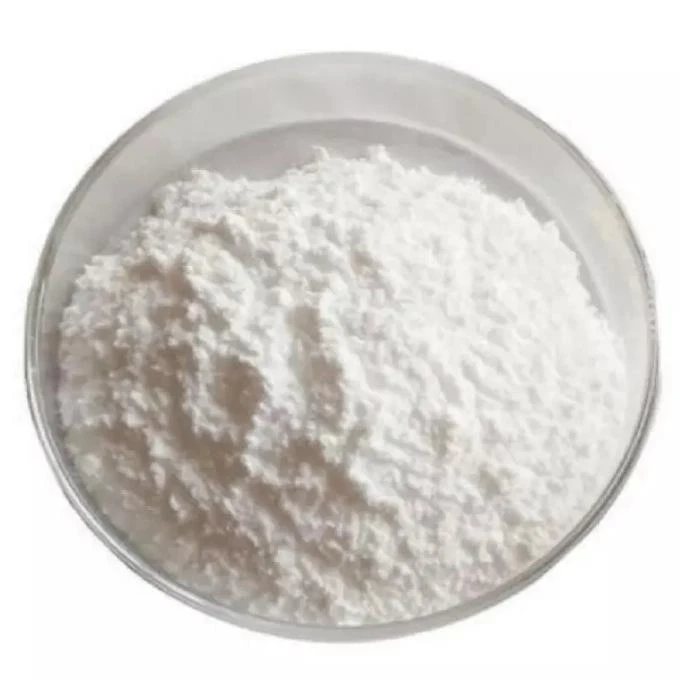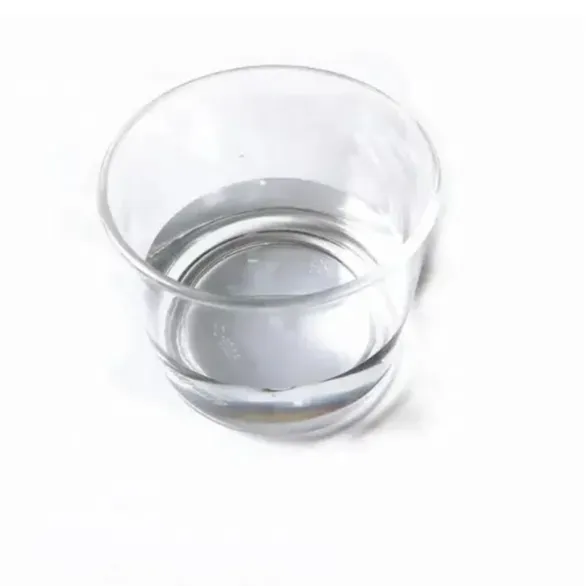Warning: Undefined array key "file" in /home/www/wwwroot/HTML/www.exportstart.com/wp-content/themes/1198/header.php on line 7
Warning: Undefined array key "title" in /home/www/wwwroot/HTML/www.exportstart.com/wp-content/themes/1198/header.php on line 7
Warning: Undefined array key "title" in /home/www/wwwroot/HTML/www.exportstart.com/wp-content/themes/1198/header.php on line 7
- umAfrika
- Albanian
- Amharic
- IsiArabhu
- Armenian
- IsiAzerbaijani
- Basque
- IsiBhelarushiyen
- Bengali
- Bosnian
- Bulgarian
- isiKhathalan
- Cebuano
- eTshayina
- iTshayina (eTaiwan)
- isiKhorsikhen
- Croatian
- Czech
- Danish
- IsiDatshi
- IsiNgesi
- isiEsperanto
- Estonian
- Finnish
- IsiFrentshi
- IsiFrisian
- Galician
- Georgian
- IsiJamani
- IsiGrike
- Gujarati
- isiKriyoli saseHayiti
- Hausa
- isiHawayi
- IsiHebhere
- Hayi
- Miao
- Hungarian
- Iceland
- igbo
- Indonesian
- Irish
- IsiTaliyani
- IsiJaphani
- Javanese
- Kannada
- isiKazakh
- Khmer
- isiRwanda
- Korean
- isiKhudish
- isiKyrgyz
- I-TB
- isiLatini
- Latvian
- isiLithuwaniya
- isiLuksembogu
- Mecedonian
- Malgashi
- Malay
- Malayalam
- Maltese
- isiMawori
- Marathi
- isiMongoliya
- Miyanimar
- Nepali
- Norwegian
- Norwegian
- Occitan
- isiPhashto
- Persian
- Polish
- IsiPhuthukezi
- isiPhunjabi
- Romanian
- IsiRashiya
- isiSamoa
- IsiScottish Gaelic
- isiSebhiya
- IsiNgesi
- IsiShona
- Sindhi
- IsiSinhala
- Slovak
- Slovenian
- isiSomali
- Spanish
- IsiSundanese
- Swahili
- Swedish
- Tagolog
- IsiTajik
- Tamil
- IsiTatar
- Telugu
- IsiThai
- IsiTurkey
- isiTurkmen
- Isi-Ukraine
- IsiUrdu
- Uighur
- IsiUzbek
- IsiVietnamese
- IsiWelsh
- Nceda
- Yiddish
- IsiYoruba
- IsiZulu
Polylactic Acid PLA
PLA polylactic acid resin, biological resin, degradable plastics.Polylactic acid (PLA) is a novel biodegradable material made from starch derived from renewable plant resources such as maize. Lactic acid is produced from starch by fermentation and then transformed into polylactic acid by chemical synthesis. It does not pollute the environment, which is very beneficial to the protection of the environment. It is environmentally friendly material.

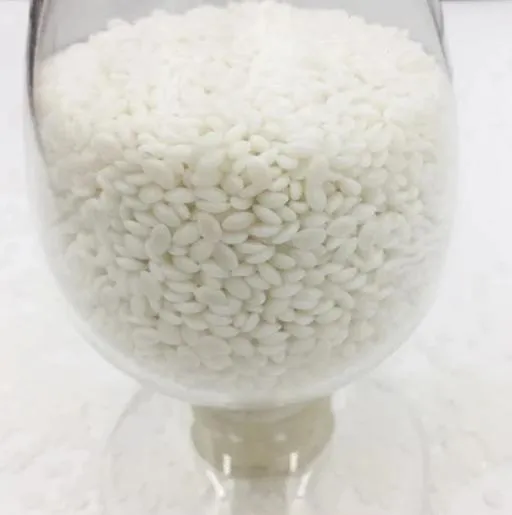
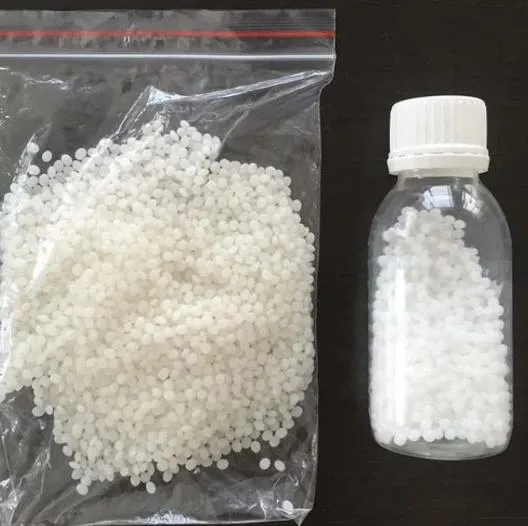
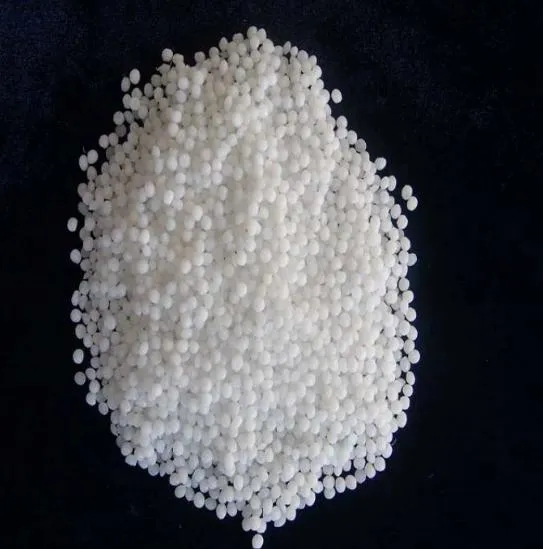
1) PLA blister products,such as PLA cold drink cup,PLA cup lid,PLA disposable container,PLA tray,PLA meal box.
2) PLA injection molding products,such as PLA fork,PLA spoon ,PLA knife and so on.
3) 100% biodegradable & compostable plastic bags,such as T-shirt shopping bag,kitchen waste bag,dog poop bag,trash bag and so on
1,Envioroment friendly 100% biodegradable and compostable.
2,Compared to the traditional plastic ,it can reduce over 60% co2 emission.
3,No phthalate, no bisphenol A, non-toxic and pollution-free.
4,Have mechanical prooerties,can applied to general plastic processing facilities for various molding processing.
5,Transparency and softness could be regulate as required
Sinemizi-mveliso emininzi ekumgangatho ophezulu enentsebenziswano enzulu, enokubonelela ngeemveliso ezikumgangatho ophezulu kunye namaxabiso akhuphisanayo. Kwaye sinako ukunika izaphulelo zokuthengwa kwezinto ezininzi.Kwaye siyasebenzisana neenkampani ezininzi zokuthunyelwa kwempahla, zinokuzisa iimveliso ngokukhuselekileyo nangokutyibilikayo ezandleni zakho. Ixesha lokuhambisa limalunga neentsuku ezi-3-20 emva kokuqinisekiswa kwentlawulo.
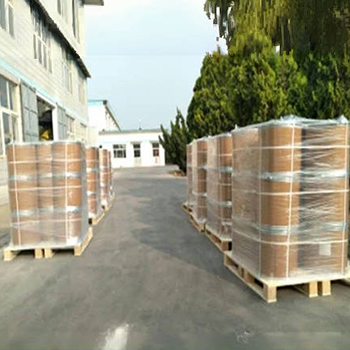



|
Physical Properties |
Isiphumo |
Test Method |
|
Density (g/cm3) |
1.532 |
ISO 1183-1:2012 Method A |
|
Melt Mass Flow Rate (g/10min) |
1.62 |
ISO 1133-1:2011 Procedure A |
|
Mechanical Properties |
|
|
|
Flexural Strength (MPa) |
58.9 |
ISO 178:2010/Amd. 1:2013 Method A |
|
Flexural Modulus (MPa) |
2625 |
|
|
Izod Notched Impact Strength (KJ/m2) |
5.4 |
ISO 180:2000/Amd.2:2013 |
|
Charpy Notched Impact Strength(KJ/m2) |
5.9 |
ISO 179-1:2010 |
|
Tensile Modulus (MPa) |
2440 |
ISO 527-1:2012 & ISO 527-2:2012 |
|
Tensile Strength (MPa) |
47.6 |
|
|
Nominal Tensile Strain at Break (%) |
50.6 |
|
|
Thermal Properties |
||
|
Heat Deflection Temperature (oC) |
52.9 |
ISO 75-2:2004 |
Polylactic acid (PLA) is a new bio-based and renewable biodegradable material made from starch derived from renewable plant resources such as maize and cassava. Glucose was obtained from starch by saccharification, and then lactic acid with high purity was fermented from glucose and certain strains, and then polylactic acid with certain molecular weight was synthesized by chemical synthesis. It has good biodegradability and can be completely degraded by microorganisms in nature under specific conditions after use, and eventually generate carbon dioxide and water. It does not pollute the environment, which is very beneficial to the protection of the environment and is recognized as environmentally friendly material.
PLA downstream is mainly used in textile industry, plastic industry, agricultural plastic film, packaging materials, modern medical materials, 3D printin.

1. Ngaba uyifektri okanye inkampani yokurhweba?
Siyinkampani edibanisa ishishini kunye norhwebo, ukubonelela ngenkonzo yokumisa enye.OEM inokwamkelwa.
2. Ngaba ubonelela ngeesampulu? Isimahla okanye yongeziweyo?
Iisampuli zasimahla. Umrhumo womthwalo wesampulu kufuneka uhlawulwe ecaleni kwakho.
3. Ingaba unazo naziphi na izatifikethi ezinxulumene nolawulo lomgangatho?
ISO 9001:2008 isiqinisekiso sokuqinisekisa umgangatho.
4. Ndingenza ntoni ukuze ndifumane ikowuteshini?
I-Pls isazise ngohlobo lwemveliso oyidingayo, ubungakanani beodolo, idilesi kunye neemfuno ezithile. Uqikelelo-mali luya kwenzelwa ireferensi yakho kwangethuba.
5. Loluphi uhlobo lwendlela yokuhlawula oyikhethayo? Ngawaphi amagama amkelweyo?
IMigaqo yoHambiso eyaMkelweyo: FOB,CFR,CIF,EXW;
Imali eyamkelekileyo yeNtlawulo:USD;
Uhlobo lweNtlawulo olwamkelweyo: T/T, Western Union; I-Paypal, iNqinisekiso yoRhwebo.
Ulwimi oluthethwayo:IsiNgesi.
Iindidi zeemveliso
-
 May . 13, 20252025 European Fine Chemicals Exhibition in GermanyThe much-anticipated Fine Chemicals Europe 2025 will be held in Germany from June 4 to 5, 2025. The event will bring together industry leaders, innovators and stakeholders in the fine chemicals sector, providing a unique platform for networking, collaboration and showcasing the latest advances in the field.
May . 13, 20252025 European Fine Chemicals Exhibition in GermanyThe much-anticipated Fine Chemicals Europe 2025 will be held in Germany from June 4 to 5, 2025. The event will bring together industry leaders, innovators and stakeholders in the fine chemicals sector, providing a unique platform for networking, collaboration and showcasing the latest advances in the field. -
 May . 07, 20252025 New York Cosmetics Ingredients ExhibitionThe much-anticipated 2025 Cosmetics Ingredients New York will be held at the Javits Center in New York from June 3 to 4, 2025. This event will bring together industry leaders, innovators and enthusiasts from all over the world to discuss the latest trends and advances in the field of cosmetic ingredients.
May . 07, 20252025 New York Cosmetics Ingredients ExhibitionThe much-anticipated 2025 Cosmetics Ingredients New York will be held at the Javits Center in New York from June 3 to 4, 2025. This event will bring together industry leaders, innovators and enthusiasts from all over the world to discuss the latest trends and advances in the field of cosmetic ingredients. -
 Apr . 27, 2025Zibo will host the 2025 International Chemical ExpoZibo, a city known for its thriving chemical industry, will host the 2025 Zibo International Chemical Expo from May 16 to May 18, 2025. This highly anticipated event aims to bring together industry leaders, innovators and stakeholders from around the world to explore the latest advancements and trends in the chemical industry.
Apr . 27, 2025Zibo will host the 2025 International Chemical ExpoZibo, a city known for its thriving chemical industry, will host the 2025 Zibo International Chemical Expo from May 16 to May 18, 2025. This highly anticipated event aims to bring together industry leaders, innovators and stakeholders from around the world to explore the latest advancements and trends in the chemical industry.


